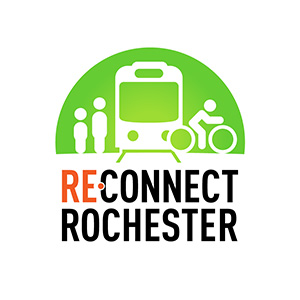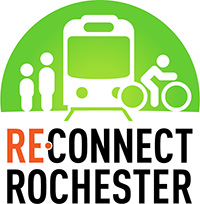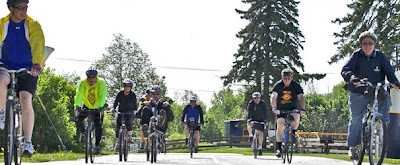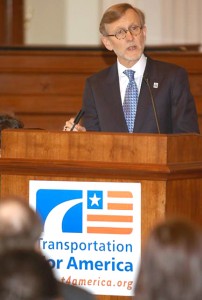SPECIAL REPORT June 3, 2010, 3:09PM EST
Fighting Carbon Emissions: Cities Take the Lead
From Los Angeles to Amsterdam, city hall is becoming the best hope for climate action
By Mark Scott and Jeremy van Loon
Los Angeles: city of freeways, smog, and…bike lanes? That’s where Mayor Antonio Villaraigosa wants to take his town. In one of the less likely
transformations in the global effort to cut carbon dioxide emissions, Los Angeles plans to spend $230 million on 1,700 miles of bicycle paths. Most of the
program will be completed by 2015 and includes changing rooms, showers, and bike storage areas operated by the city and private partners. It comes on
top of subsidies for installing solar panels and incentives for planting trees and switching to electric vehicles. “We have to make a change,” says Michelle
Mowery, senior coordinator for the bike program. “We can’t fit any more cars in.”
From the freeways of Los Angeles to the canals of Amsterdam, cities are taking the lead in the fight to reduce carbon output.
As world leaders squabble
over how to cut greenhouse gases, city hall is becoming the best hope for climate action. Given their smaller jurisdictions, local officials can green-light
eco-projects faster than nationwide schemes can be implemented. “We’re not going to wait for national politicians, we’re acting right now,” says Toronto
Mayor David Miller, who plans to invest more than $1 billion in public transport and eco-friendly air-conditioning systems for buildings by 2017.
The efforts could have a profound impact: Cities are home to more than half the world’s population and pump out more than two-thirds of global carbon
dioxide. That share will surely grow as people flock to megacities in the developing world. “It’s obvious where the fight for a sustainable civilization will be
decided, and that’s in large cities,” says Peter Loescher, chief executive officer of Siemens (SI), which aims to profit from selling its streetcars, wind
turbines, and other technologies to municipalities worldwide.
Just as no two cities are alike, there are vast differences in local strategies. In Toyko 68 percent of trips are already made by bike, subway, or on foot.
Houston residents, by contrast, make 95 percent of their journeys by car. So while the Texas city is giving officials electric vehicles to reduce emissions,
the Japanese capital in April announced a citywide CO2 cap-and-trade program—the kind the U.S. Senate has been unable to pass so far. Copenhagen
will spend $1.6 billion by 2012 on bike paths, green energy projects, and retrofitting city buildings. Melbourne plans to bar cars from downtown and offer
incentives to developers who invest in efficiency. “It’s a green gold rush,” says Robert Doyle, Melbourne’s Lord Mayor.
In Amsterdam, city elders are in the midst of a five-year, $1 billion program to improve creaking infrastructure. Amsterdam’s 2,400 houseboats have been
fitted to use electricity instead of diesel, and cargo barges are now being converted as well. Some 300 homes are testing display panels that show energy usage in real time, a program that may be expanded citywide. If residents can be persuaded to use the technology to cut power use at peak times, their
electricity bills could fall by up to 40 percent, says Ger Baron, who oversees the project. “Our biggest challenge is changing people’s habits,” he says.
New York, meanwhile, has laid out a program called “PlaNYC.” The scheme includes tax breaks for solar panels, legal changes that spur property owners
to make buildings more energy-efficient, and power plants that use food waste and wood chips. Though a proposal to charge a congestion fee for drivers
entering much of Manhattan couldn’t pass the state legislature, the Big Apple hopes to quadruple its 450 miles of bicycle paths by 2030. New York’s plan
has even sparked envy on the West Coast. “Los Angeles isn’t New York,” says L.A. cycling chief Mowery. “But we’re getting there.”
The bottom line: As national governments fail to cut carbon, cities are starting to take the initiative with programs aimed at reining in emissions.
With Stuart Biggs. Scott is a correspondent in Bloomberg Businessweek’s London bureau. Van Loon is a reporter for Bloomberg News.
The times,they are a changing: Posted by Scott MacRae





